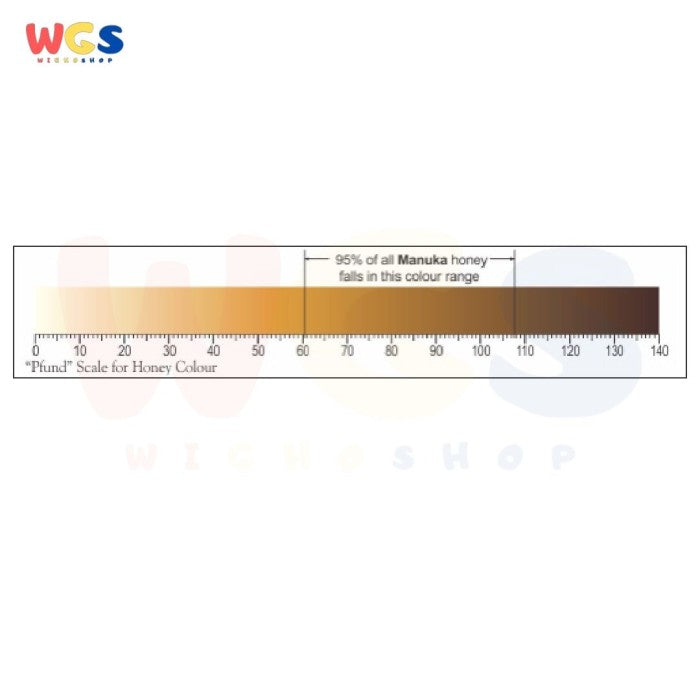Beras Pandan Wangi Asli 5 kg - Beras Sintanur Pulen
Good quality product, I will reorder and will also try different flavors.
Rp 0,00 IDR





WIGHOSHOP
Couldn't load pickup availability
Expiration date: 10-2024
Manuka honey is produced in New Zealand from two closely related plants, both of which are commonly referred to as manuka.
The most common honey source of this is Leptospermum scoparium. Other names for this plant include kahikatoa (warrior wood), red tea tree, and red manuka.
The other plant is Kunzea ericoides (reclassified from Leptospermum ericoides in 1983) and is called manuka and kanuka. Other names include white manuka, makahikatoa (white warrior wood), white tea tree and heath like manuka, (ericoides means heath like). A botanical review "A revision of the New Zealand Kunzea ericoides (Myrtaceae) complex" published in 2014 splits this one species into 10 with K. ericoides now confined to the North West of the South Island. K. robusta is now the most common Kunzea in New Zealand.
The honey is dark colored, (around 84mm average color ± 11.8mm SD - Pfund scale), strongly flavoured, with a herbal, woody characteristic, and is often highly "thixotropic" (jellied) like European Heather honey (Calluna vulgaris). Another Leptospermum in Australia (L. polygalifolium) also derives its name (Jellybush) from the thixotropic nature of its honey.
Manuka honey has an average glucose of 29.7%, fructose of 37.9%, maltose of 1.2% and sucrose of 0.5% (HPLC method, 775 samples).
Conductivity is an indirect measurement of the mineral content of a honey. Most flower honeys have low mineral content and a low conductivity. Manuka however has a higher than normal conductivity (about 4 times that of normal flower honeys) approaching that of some honeydews. It has an average of 0.58 ± 0.154 standard deviation (SD). This may be due to manuka being a honeydew source, or it may be a feature of manuka honey.
Product of New Zealand





Be the first to know about new collections and exclusive offers.
Beras Pandan Wangi Asli 5 kg - Beras Sintanur Pulen
Good quality product, I will reorder and will also try different flavors.
Beras Pandan Wangi Asli 5 kg - Beras Sintanur Pulen
Good quality product, I will reorder and will also try different flavors.
